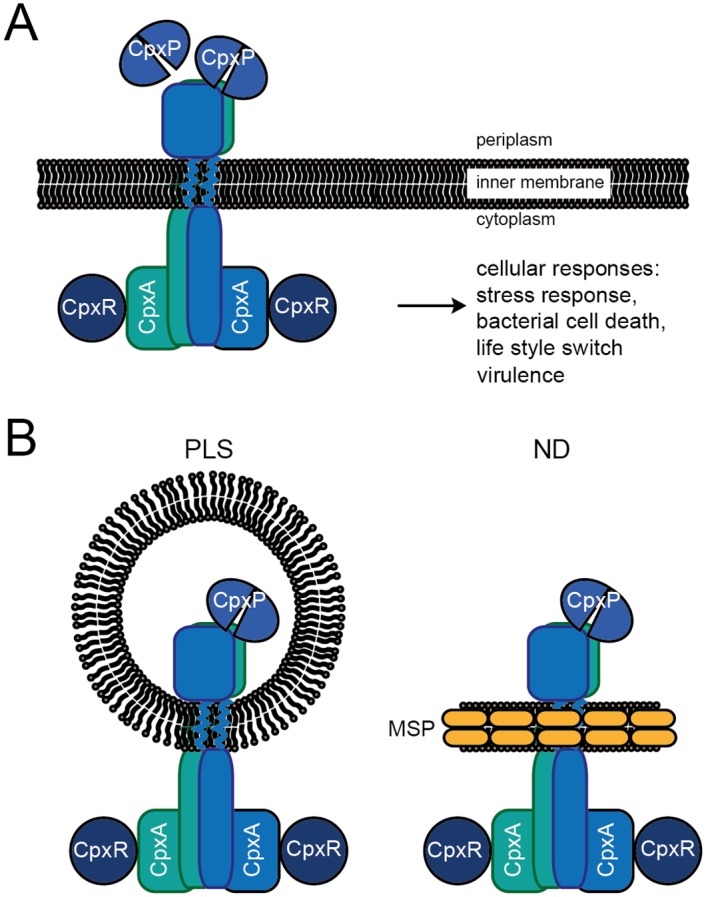Fig 1. Schematic representation of the Cpx system and its incorporation into lipid bilayer systems for functional analysis.

(A) The sensor histidine kinase CpxA is located in the inner membrane as a symmetrical homodimer. Upon stimulation, trans-autophosphorylation commences and phosphotransfer to the response regulator CpxR takes place [30]. Phosphorylation of CpxR activates a variety of responses. The accessory protein CpxP acts as a dimer to maintain CpxA in an inactive state [17, 31]. (B) Schematic representation of CpxA incorporated into a proteoliposome (left) or a nanodisc (right). By employing nanodiscs (ND), it is possible to avoid certain experimental limitations associated with proteoliposomes (PLS), e.g. limited accessibility of the target protein and their large und unstable nature. NDs provide an essentially native and fully controllable nanoscale phospholipid bilayer and permit structural-functional experimentation in solution. The ND is composed of phospholipids that associate as a bilayer, which is bounded a ring formed by two amphiphilic Membrane-Scaffolding-Protein (MSP) molecules [32].
